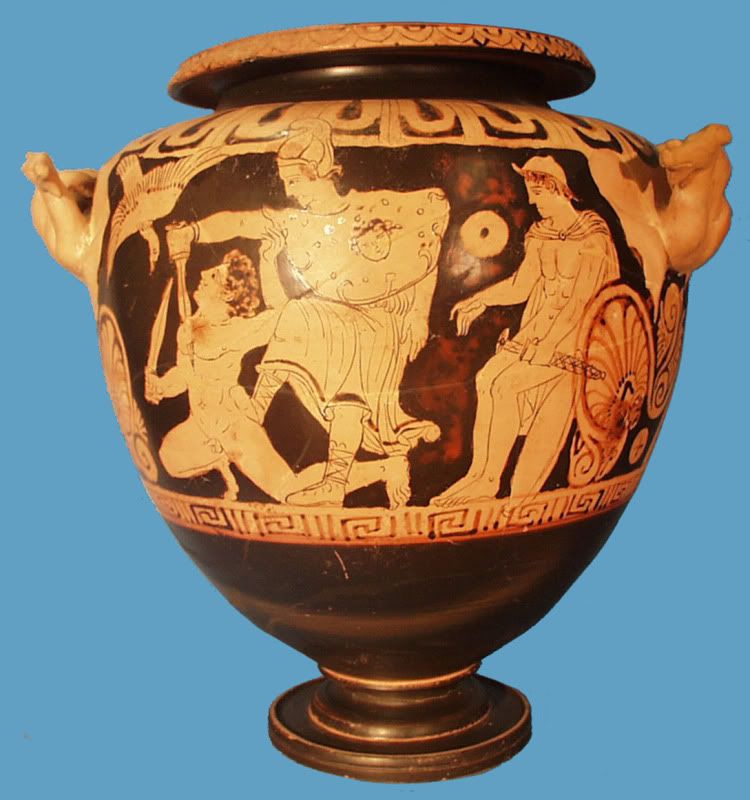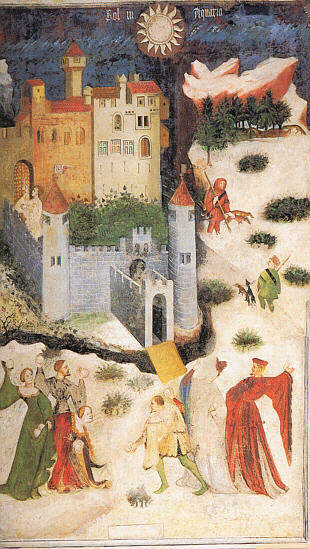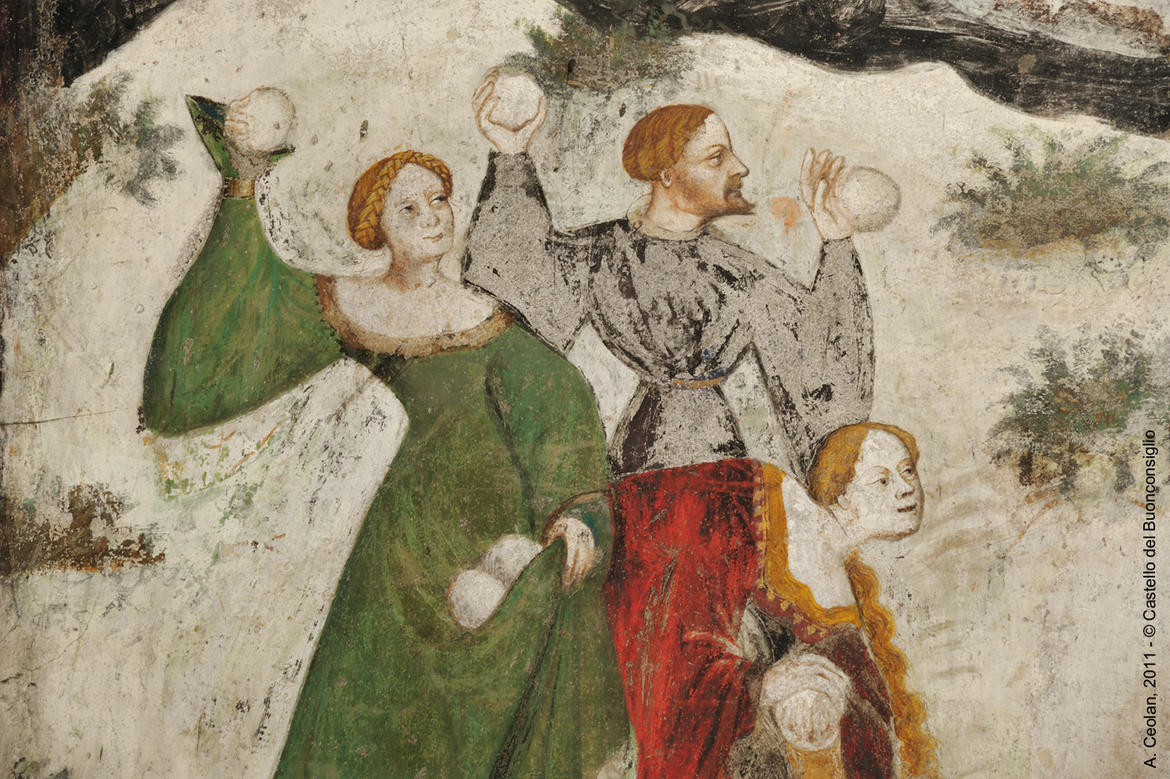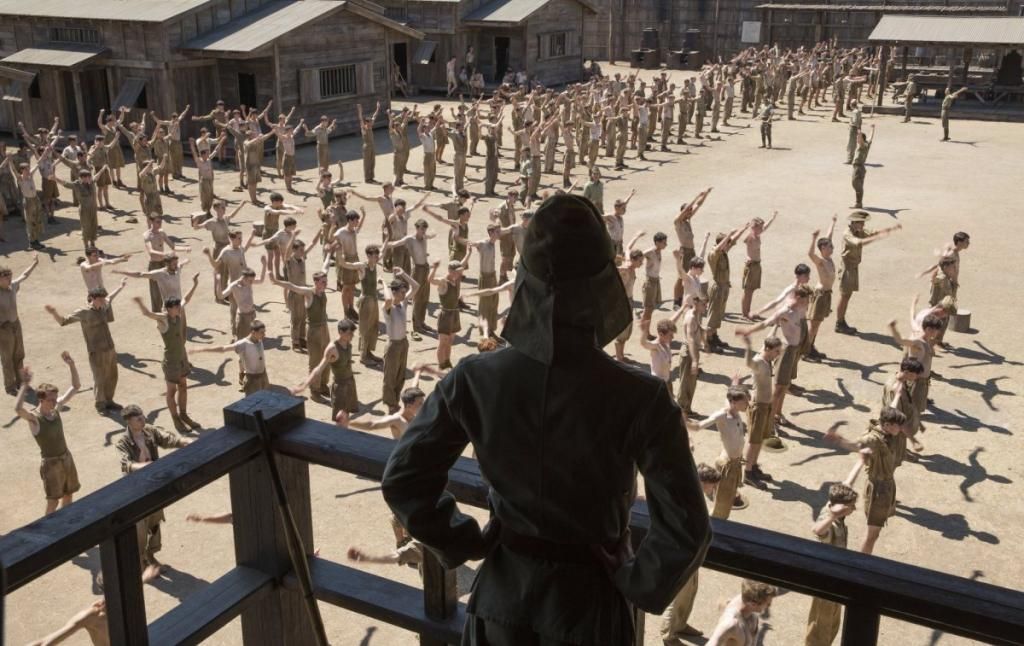Etruscan Women
Tanguy de Thuret
Twenty-five hundred years ago, Etruscan women living in the Italian region of what is now called Tuscany were afforded a remarkably equal status with men.
An American Art Historian & journalist explains her passion about them & why they are still relevant in contemporary Italian society.
**************************************************
Etruscan mythology
The Etruscan pantheon and its mythology appears to be as mysterious and alluring as any others of the ancient world, yet little is known of it. Part of the reason is that the Romans defeated the Etruscan civilization, destroyed their structures and culture, stole their technology, wiped out any memory of them, and fully replaced them. Only later did they resurrect some of the Etruscan deities under different names. Although apparently goddess-orientated, the supreme god of the Etruscans was a male deity called Voltumna (or Veltha).
The 'Etrusca Disciplina', as they were later referred to by the Romans, were spiritual scriptures made up of three "books of fate." There does seem to be a book of this name in Italian, published in 2006, but it's already out of print... and no English translation. Apparently the original was translated into Latin, yet there is little about it online. I can't even find any evidence that these texts still exist in any form.
Re-imagining and re-imaging the Etruscan pantheon
 It's just like anything else, the Etruscan pantheon could be brought back
into our imagination if there was the imagery available. For example, the
imagery of Odin or Thor, Isis or Thoth, and Zeus or Poseidon, are known
the world over. They're probably more known by their images--their
dress and props, and the distinct cultural architecture amid the
landscap in the background--than they are for even their legends. The Etruscans don't have this in today's
world, partly because the Romans stole their thunder.
It's just like anything else, the Etruscan pantheon could be brought back
into our imagination if there was the imagery available. For example, the
imagery of Odin or Thor, Isis or Thoth, and Zeus or Poseidon, are known
the world over. They're probably more known by their images--their
dress and props, and the distinct cultural architecture amid the
landscap in the background--than they are for even their legends. The Etruscans don't have this in today's
world, partly because the Romans stole their thunder.This would be an interesting challenge for an artist, to do proper research and attempt to recreate this pantheon in art... for example, the god Veltha or the goddess Alpanu. Voltumna, or Veltha as I prefer, is easily the equal of Zeus, Isis, or Odin.
.

























